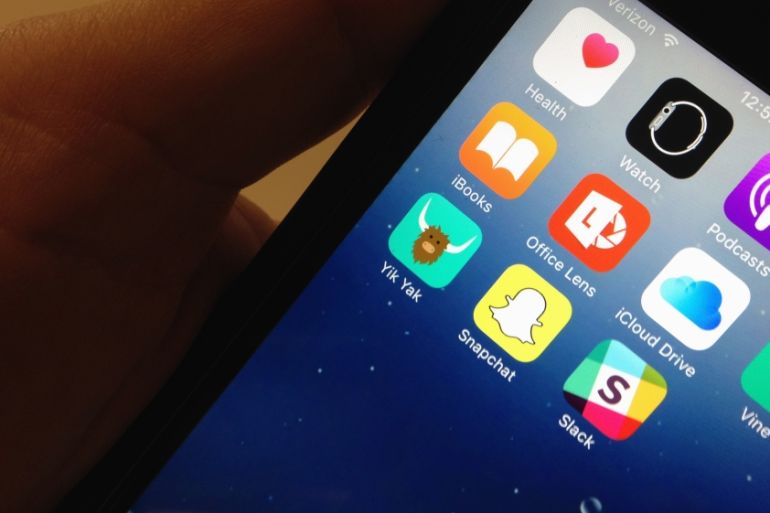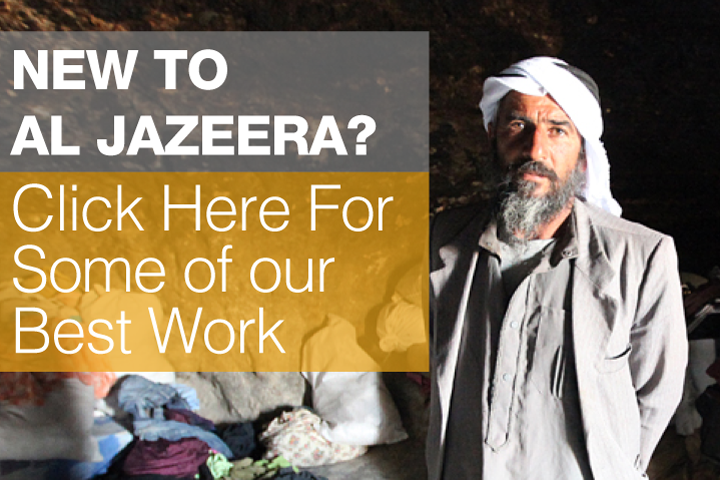Dating apps fuel ‘hidden epidemic’ of new HIV infection
New data reveals a surge in HIV infections among young people in the Asia Pacific region.

Social networking technologies and mobile apps that allow young people to meet to engage in risky sexual practices are being cited as a key reason for an increase in HIV infections in the Asia-Pacific region, with Bangkok, Jakarta and Hanoi hubs of new infections.
A United Nations studyreleased on Monday found that mobile dating apps increasingly allow for spontaneous casual sex and that the age of those using the technology for this purpose is dropping.
Keep reading
list of 4 itemsCould shipping containers be the answer to Ghana’s housing crisis?
Are Chinese electric vehicles taking over the world?
First pig kidney in a human: Is this the future of transplants?
“Everybody has a smartphone, everybody has access to the internet. People are setting up fake Facebook profiles where groups are formed purely to arrange for sex. The internet now provides for unlimited sexual opportunities,” Niluka Perera, a coordinator at Bangkok-based Youth Voices Count, told Al Jazeera.
Wing Sie Cheng, a regional HIV and AIDS expert with the United Nations Children’s Fund (UNICEF), explained: “This really is the new frontier. The increased availability of mobile apps has fuelled the rise [in] infections.”
Rising fatalities among the young
Official figures suggest that there are now around 220,000 adolescents living with HIV in the region. But a lack of data means that the true figure is likely to be much higher. In fact, the United Nations estimates that there were 50,000 new infections among 10- to 19-year-olds in 2014 alone.
Those adolescents at a higher risk of contracting HIV include gay males, transgender people, injecting drug users, sex workers and the clients of sex workers.
More than half of the world’s adolescents live in the Asia-Pacific region.
While AIDS-related adult deaths dropped by 28 percent from 2005 to 2014, AIDS-related deaths among 10- to 19-year-olds in the Asia-Pacific region rose by 110 percent during the same period.
In the Philippines, new HIV infections among 15- to 19-year-olds rose by 50 percent between 2010 and 2015.

A late diagnosis of HIV with a resulting delay in starting often-inadequate treatment, as well as a lack of diagnosis and treatment altogether, have fuelled rising fatalities.
Secretive world of sexual activity
“The age of first sexual experience is dropping,” says Perera. “It is now around 12 or 13 years old in many of the countries in the region. These people are so young, we are struggling to reach them.”
Social stigma, certain religious teachings and inadequate sex education all contribute to the shortfall in information about safe sex and HIV transmission. Taboos and legal restrictions around same sex relationships also serve to push the private lives of some young people into a secretive world, sometimes stopping them from accessing available health services.
Young people are less likely to seek treatment, often fearing that they may expose their sexuality or sexual activity by doing so. And the report found that adolescents were more likely to avoid treatment even after a positive diagnosis.
“Sex education in schools is sorely lacking in the Asia-Pacific region,” Perera explained. “There is too much stigma attached to sex. Too many schools do not teach sex education as part of the curriculum.”
Parental consent to be tested
Many young people are not getting diagnosed until they show symptoms of HIV. By this stage, it is likely that they have passed the virus to other partners.
In several countries in Asia-Pacific, people under the age of 18 are considered too young to give consent to access HIV testing and other essential health services. Young people often require parental consent, which they are either unable, or unwilling to ask for, and end up not getting tested as a result.
The UN is now advocating for a reduction in the age at which young people can take an HIV test without the consent of their parent or guardian.
“Teenagers have been neglected. Services have not been targeted at them,” Wing Sie explained. “Young people are more vulnerable to acquiring HIV, yet, they have a weak voice and much less bargaining power.”
Perera sees a possibility to tackle the problem at the source, by using mobile technology and social media to tell young people how to protect themselves from HIV infection.
“Young people do not have enough information to make safe choices,” Perera said. “People might know about condoms but not know where to find them. They might know about HIV, but not what it will do to them. All they know is how to find another partner.”
The full UN report, Adolescents: Under the radar in Asia-Pacific AIDS response, can be read in full here.